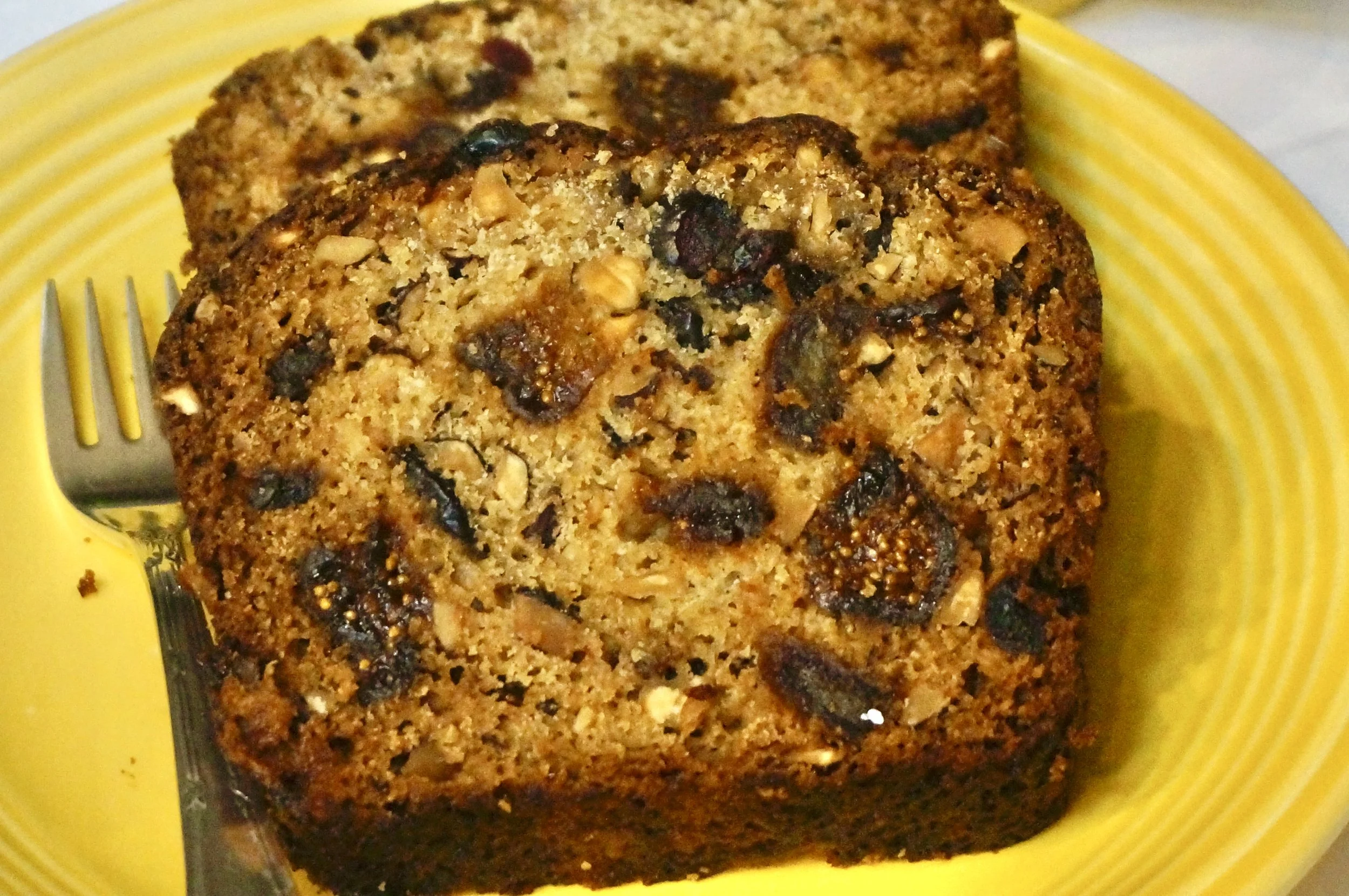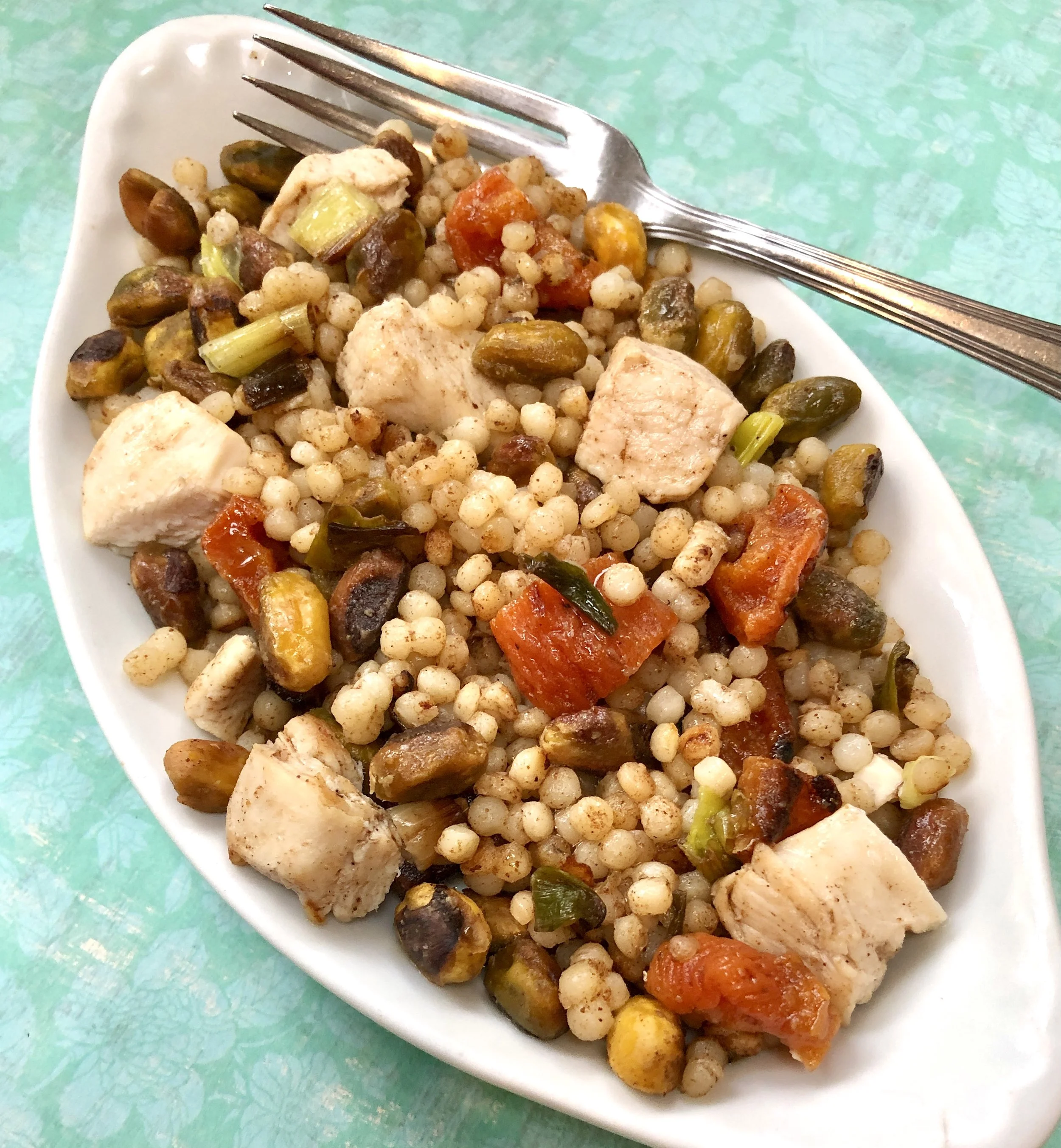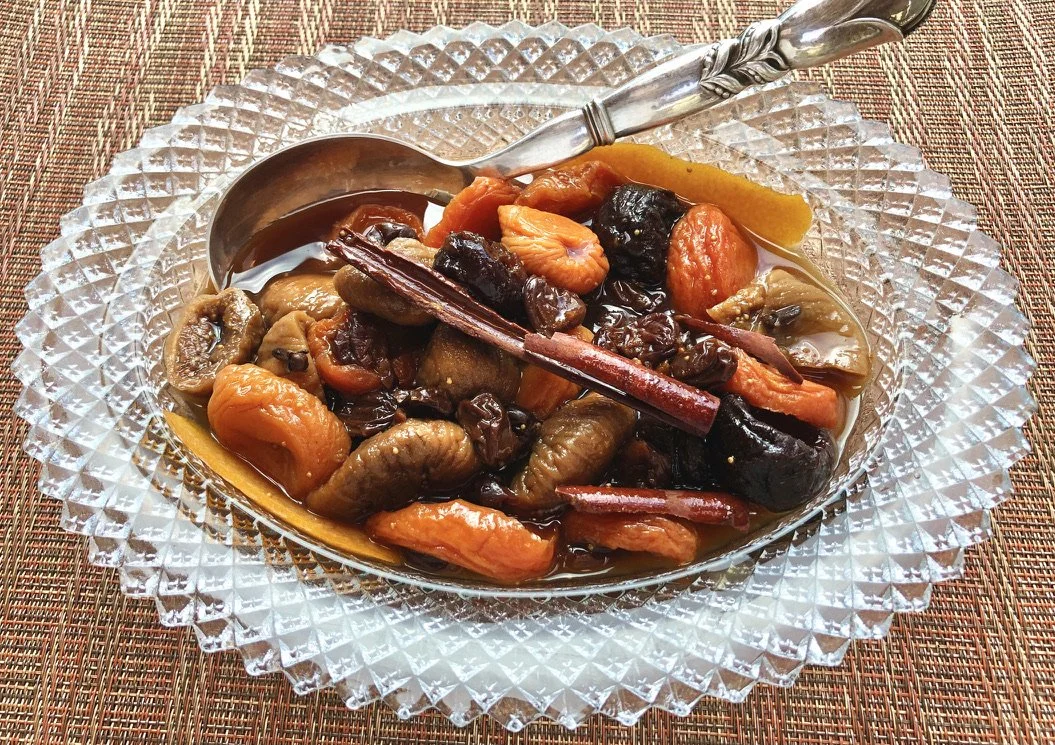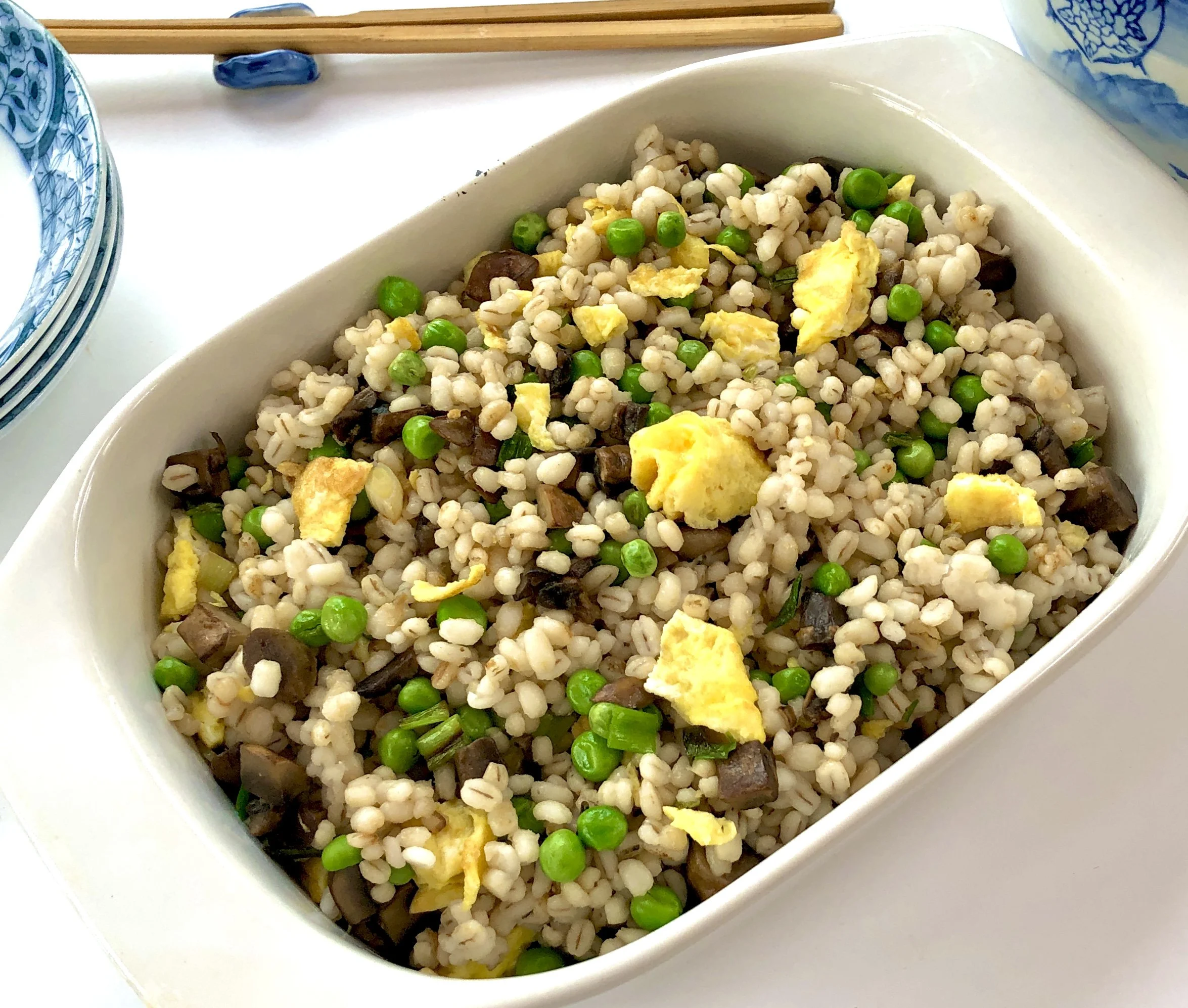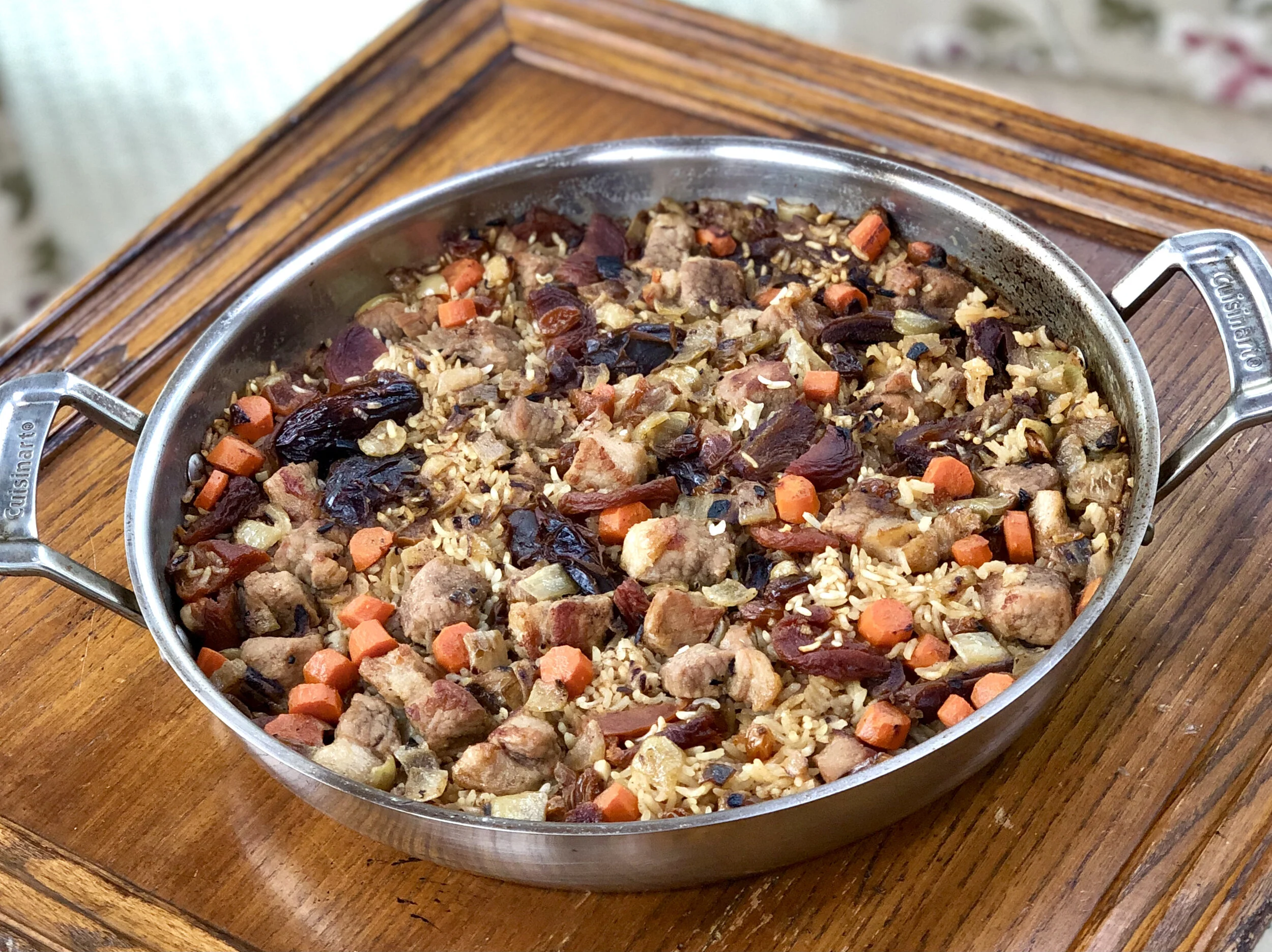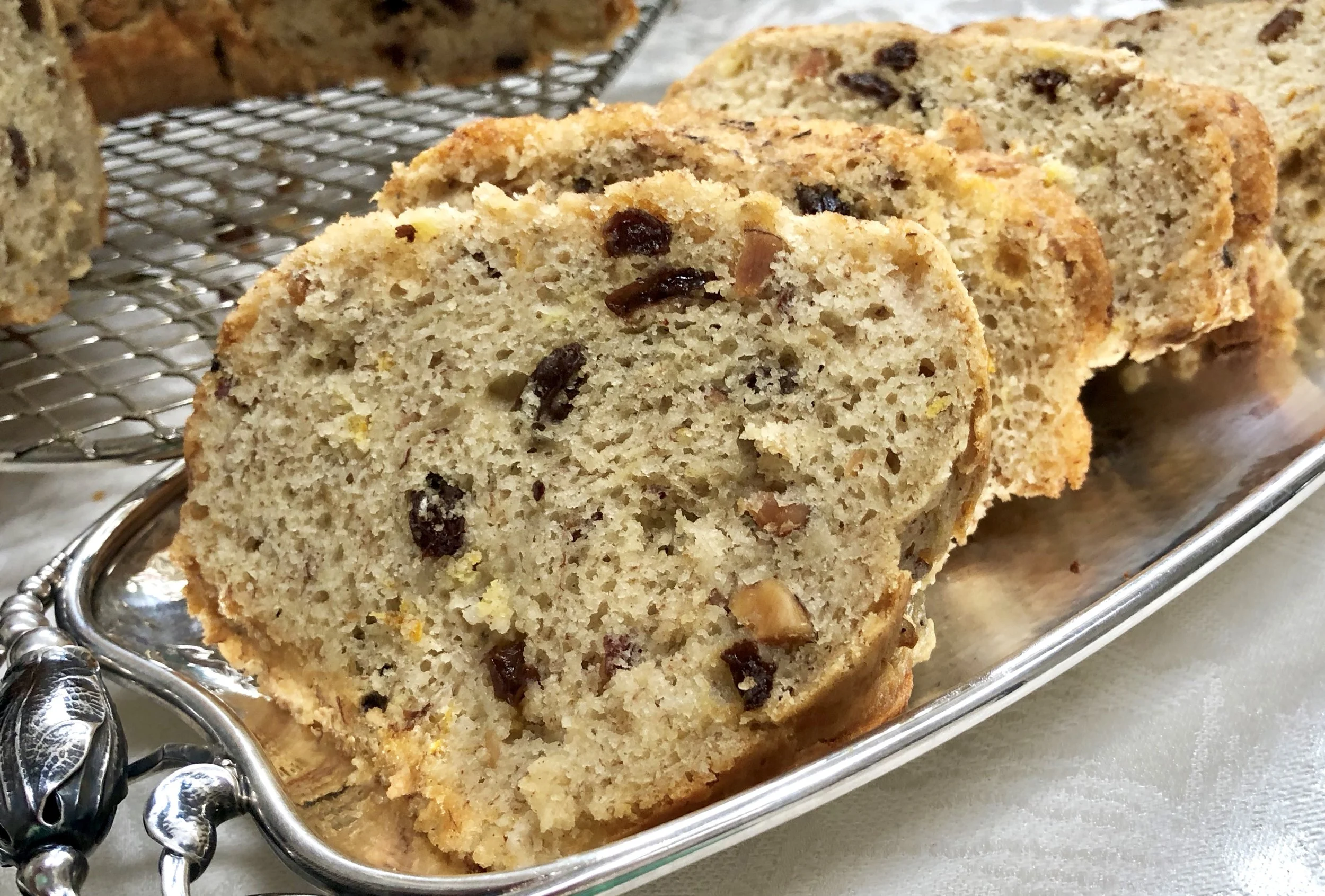Today would have been my mother’s 100th birthday and although she and my Dad died many years ago, I think about them a lot. You can’t possibly realize how much you’re going to miss people when they’re in your life. You only understand when they aren’t. And what happens from time to time is that something comes up during the day that reminds you of them. A smell. Or a magazine picture of a scarf in your mother’s favorite color. Or a song you hear on your car radio.
The memories can be sad or poignant or funny or thrillingly happy.
Today my memories are happy. I am celebrating with my brother and toasting our Mom, who was was funny and sometimes controversial and more than occasionally provocative, which would make us furious, but also make us think.
She was smart and interesting too. A feminist before the word feminist existed. I am sure that had she been born at an even earlier time, she would have been a Suffragette.
My mother was also a good cook. She mostly stuck to what she knew and wasn’t much for experimenting. She’d say “why change a good recipe?”
There is some wisdom to that, although I don’t follow it. My family never gets to eat the same thing too many times, except maybe for holiday dinners.
But for Mom, a winner was a winner, and she had so many it’s difficult to choose among her recipes to make one special thing for her birthday celebration.
I considered my Mom’s fried chicken (which was better than anyone’s, even Colonel Sanders) together with a dozen or so of the crispy-edged corn fritters she served with it.
For dessert? Her apple pie of course. It was legendary. We still talk about it every autumn, when I make a batch of my own.
Then again, speaking of apples, I remember how often she made that most wonderful apple crisp that was my Dad’s favorite and I would come in to their house through the garage and the perfume from the baking apples and the crunchy cereal crust would greet me before even they did.
Maybe I should choose that?
Or her rice pudding? It was baked custard actually, with a smooth inside and crispy top. I haven’t cooked it in a while.
I could go on and on. About her most comforting and wonderful chicken soup. Or her family-famous cookies that we all called Fannies, but are actually plain old butter thumbprint cookies. Or her most welcome roast beef hash which she made out of leftover meat and mashed potatoes and more sauteed onions than you can imagine.
She said she hated to use leftovers, a consequence of having struggled through the Great Depression and never wanting the memories.
And yet she used leftovers. Cleverly and creatively but for simple, uncomplicated, unsophisticated dishes that became our favorites. Like her Macaroni and Cheese, put together with scraps and bits from the fridge.
There was only one dish she ever made that I didn’t like (potato salad).
And one dish — Nut Roll — I could never get the hang of, even though she told me how and showed me how to make it many many times. Mine just never tasted as good.
That’s the one.
That’s the one I decided it had to be. I’d give this one another try.
Which I did this morning (I made the dough yesterday because it has to sit in the fridge for a few hours).
It’s almost as good as hers. Maybe it is as good but the memories of hers are too good to let me think it is.
But my Nut Roll is enough like it, anyway, to celebrate with. Superb with coffee or maybe a glass of dessert wine.
My Mom used walnuts in her Nut Roll; because of allergies in my family I never cook with walnuts, so I used almonds.
In the photos you can see the lump of one section of dough that I started with, then, in the second photo, rolled it thin. The third photo shows how to scatter the sugar and nuts over the dough and the fourth photo, how to roll the Nut Roll. The fifth photo shows what the rolls look like when it comes out of the oven. The last photo is a plate of slices — let the rolls cool, then use a serrated knife to cut the pieces.
Enjoy. Btw, the rolls freeze beautifully.
Happy Birthday Mom!
Lily Vail’s Nut Roll
dough:
filling:
Cut the butter into chunks and place in the bowl of an electric mixer. Add the flour, sugar, baking powder and salt and mix (using the flat paddle if your machine has one) at slow speed until the ingredients are blended and crumbly looking. Make a well in the center and add the egg yolks, sour cream and milk. Mix the ingredients at medium speed until a smooth, uniform dough has formed. Knead the dough 3-4 times on a floured surface; shape into a cylinder, cover with plastic wrap and refrigerate for at least 8 hours. Cut the cylinder into 3 parts. Mix the sugar and cinnamon together in a bowl. Working with one dough part at a time, roll out on a floured surface into a circle about 1/16-inch (very thin). Sprinkle each circle with 1/3 of the cinnamon-sugar and 1/3 of the chopped nuts. Roll up tightly into a compact roll, tucking in the sides. Preheat the oven to 375 degrees. Place the rolls in the refrigerator for about 20-30 minutes. Brush the rolls with some of the egg white. Bake the rolls for 40-45 minutes or until golden brown. Let cool and slice.
Makes 3 Nut Rolls

